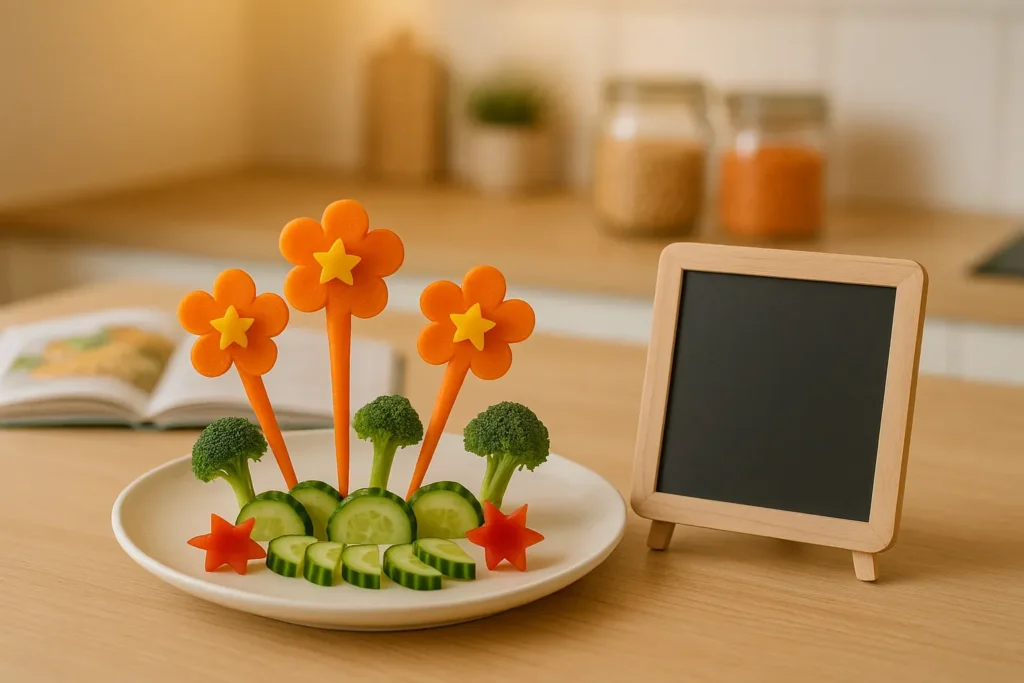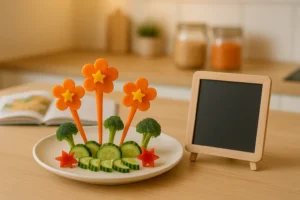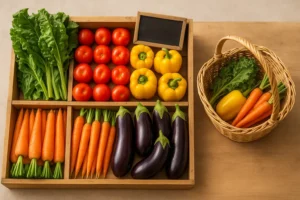Discover how families can enjoy nutritious meals without breaking the bank through engaging activities that bring everyone together. Nutrition experts share creative approaches to making healthy eating both fun and affordable, from backyard pizza nights to colorful vegetable-focused meals. These family-centered strategies transform mealtime into opportunities for connection while building lifelong healthy eating habits.
- Backyard Pizza Nights Foster Healthy Family Fun
- Create Customizable Food Stations With New Ingredients
- Weekly Family Cooking Night Builds Healthy Habits
- Transform Food Into Play Without Pressure
- Rainbow Dinner Makes Vegetables Exciting Family Project
Backyard Pizza Nights Foster Healthy Family Fun
One of our family’s favorite traditions is our backyard cooking nights, where we make DIY pizzas together. Everyone gets to shape and top their own personal pizza with plenty of colorful vegetables, creating an engaging experience that makes healthy eating feel like a special event rather than a chore. We enhance the atmosphere with simple touches like picnic blankets and music, which costs nothing but transforms dinner into quality family time. This tradition works well on a budget since making pizzas at home is cost-effective, especially when using seasonal produce as toppings.

Create Customizable Food Stations With New Ingredients
Whenever we make cooking together a fun activity for the family and try new and different ingredients, especially different colors of fruits and vegetables and different varieties of healthy complex carbs, we create something healthy and also create bonding. Cooking becomes part of family time where we come together, we chit-chat, we laugh, and everybody is involved in creating a meal. One activity we enjoy is laying out different carb sources, protein sources, fruits, and vegetables, adding sauces, and then each person creates their own healthy bowl or sometimes their own pizza, and it becomes a creative activity once a week. Another tradition we have is giving the kids ten to fifteen dollars at the grocery store and challenging them to buy a new ingredient that we have not used recently, and then we come home, look up a recipe, and cook with that new ingredient, which expands their palate and keeps things exciting. This brings variety, keeps meals from getting boring, and teaches kids to explore foods healthily. We also make presentation part of the fun because we eat not only with our mouths but also with our eyes, and when food looks appealing, it makes everyone more willing to eat it. So these activities have helped us make healthy eating not just affordable but enjoyable, and they turn meals into traditions that bond the family and promote diversity of foods that our bodies need.

Weekly Family Cooking Night Builds Healthy Habits
A way I make healthy eating enjoyable for my family, even on a limited budget, is by turning it into a shared activity rather than a lecture. A simple tradition we follow is a family cooking night, once a week. We pick affordable, seasonal ingredients like lentils, vegetables or whole grains and everyone gets a small role, from washing to chopping to plating. The kids love being part of the process, and they’re more likely to try new foods when they’ve helped prepare them. It keeps meals fun, budget-friendly, and teaches that healthy eating is about creativity and gratitude, not restriction.

Transform Food Into Play Without Pressure
Over the years, one factor in healthy eating that I have learned about is the pressure to eat healthy.
If I put new foods or healthy foods on my children’s plates, they are likely not going to get eaten or will start a kerfuffle at meal time.
Instead, I present foods in a non-suggestive way for my children to explore the texture, smell, and the look of new foods. They will be placed alongside their meals with a novelty utensil such as tongs, a character toothpick, or threaded onto a kebab stick.
I will ask my children to help prepare meals. More often than not, half the prep time will involve sampling and test-tasting.
Lastly, I will turn introducing new foods into a snack-tivity. For example, we got a candy melon on the weekend. Instead of offering them the melon to eat, I cut the melon into small cubes and presented it to them as a challenge to build the tallest tower using toothpicks.
Food can be overwhelming from a sensory perspective so letting them build trust and exposing them to the sensory elements without pressure through play makes healthy eating more fun for everyone. Then monkey see, monkey do… They see Mum eat it, they feel a little safer to give the food a try.

Rainbow Dinner Makes Vegetables Exciting Family Project
Making healthy eating fun and enjoyable for your family, even on a budget, is all about creativity, shared responsibility, and turning meals into experiences. Rather than framing it as something like “we have to eat healthy,” encourage your kids to help choose fruits, vegetables, and grains at the store by treating it like an activity. This makes grocery shopping more engaging and sparks curiosity and openness to trying new foods. At home, cook together, assign age-appropriate tasks so that everyone feels they’ve contributed to the meal. Preparing your meal as a team gives children a sense of ownership and pride, making them far more likely to eat what’s on the table. You can also focus on presentation, such as making shapes from veggies, having themed nights, or creating games or challenges where each person designs a recipe using what is already at home.
One specific tradition that can be very fun is “Rainbow Dinner.” On these nights, try to create a meal that includes as many natural colors as possible on the plate, for example, red peppers, orange carrots, green spinach, purple cabbage, and so on. It’s inexpensive because you can work with whatever is in season or on sale, and the visual challenge turns eating vegetables into a fun family project. Over time, this will shift the way kids view healthy eating as fun and make it about variety and color. Real joy comes from seeing your children laugh as they compete over who found the “bluest food” or beam with pride when they taste their Rainbow dinner plate. When families cook and eat together, even simple meals can feel special.












